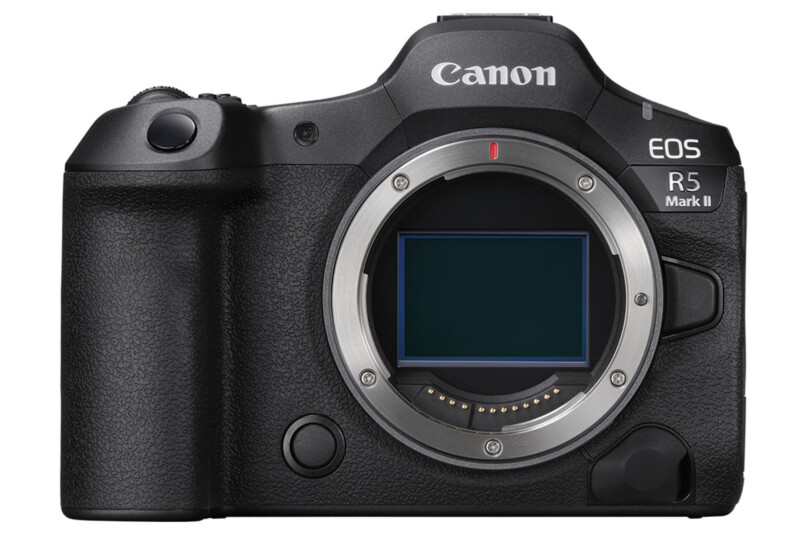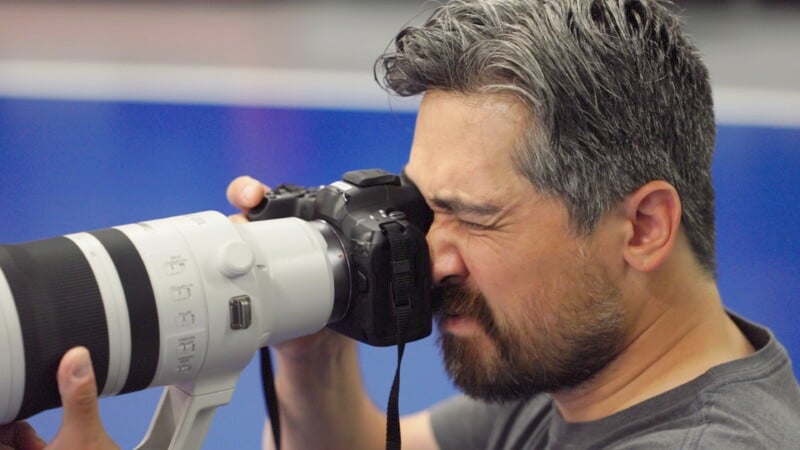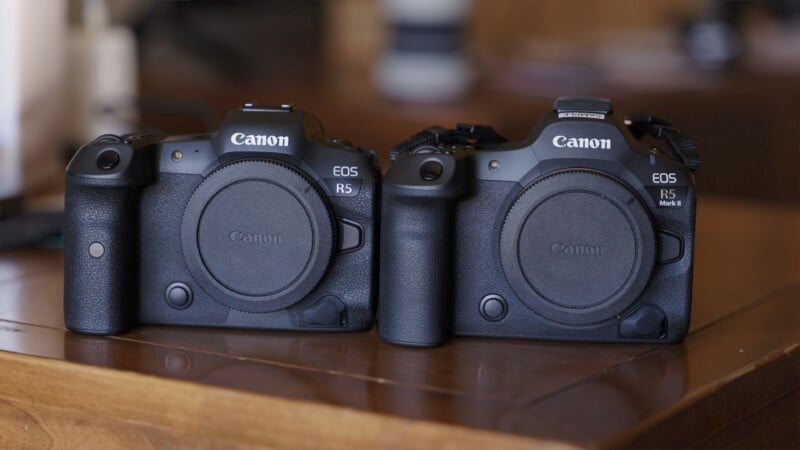![]()
It’s easy to think that the Canon EOS R1 is the main attraction of Canon’s announcements this week. The company made a development announcement for it and it’s been heavily teased. However, while relegated a bit to the shadows, the Canon EOS R5 Mark II is the more interesting and exciting of the two new Canon cameras.
At $4,299 and equipped with a stacked 45-megapixel image sensor, Canon will sell a heck of a lot more EOS R5 II cameras than it will the $6,299 24-megapixel EOS R1. For most Canon shooters, the R5 II is not just a better value than the R1, it’s the superior camera overall.

Where the R1 is designed for photojournalists and sports photographers, the R5 II can do a bit of everything. It’s arguably the best Canon mirrorless camera for enthusiasts and pros alike when it comes to shooting landscapes, portraits, travel, and even wildlife (although the R1 may have an argument there). The R1’s swifter speeds — 40 versus 30 frames per second — and better autofocus pay dividends when it comes to sports, although the R5 II is fully capable.
Where the R1 faces impossibly high expectations and incredible competition from the global shutter-equipped Sony a9 III, the R5 II benefits from being a surprise — a very pleasant one, as it happens.
Sure, people had expectations that a Canon EOS R5 II would eventually come, and it has been more than four years since the original R5 debuted, but the R5 II has a bit more space to breathe than the R1, and a lot less hype to live up to.
However, it isn’t just a relative lack of expectations that helps make the R5 II the more interesting new Canon camera; it is the R5 II’s bevy of exciting features, many of which are cribbed from the EOS R1’s flagship-level homework. Features such as the DIGIC co-accelerator processor, Eye Control AF, in-camera AI-powered upscaling and denoising, and new AI AF modes for specific sports are included in both the R1 and R5 II.

During PetaPixel‘s hands-on time with the Canon EOS R1 and EOS R5 II in Arizona, Chris Niccolls found himself wanting to use the R5 II more, even though it is demonstrably not as good as the R1 at photographing the sports scenarios Canon had on offer. Meanwhile, Jordan Drake noted that the R5 II is the more capable camera for video thanks to its higher resolution and additional features, like waveforms, which are weirdly missing on the R1. PetaPixel editor-in-chief Jaron Schneider, a long-time Canon shooter, has had many more positive things to say about the R5 II than the R1.

It’s not necessarily the case that the Canon EOS R5 II is better than its peers, but it’s an exciting camera because it is, quite frankly, Canon’s best high-resolution camera ever. It shoots lovely, sharp 45-megapixel photos at up to 30 frames per second, features nearly all the autofocus performance of the flagship R1, has an excellent EVF with Eye Control AF and a pleasant body design, and has many compelling video features.
It’s not the perfect camera, but the EOS R5 Mark II finally brings the appeal and excitement of the EOS 5D series of the DSLR era into Canon’s mirrorless system. The original EOS R5 showed promise and had ambition. With the EOS R5 II, the promise of pro-level performance in an enthusiast-level package has finally been fulfilled.
Image credits: Featured image created using an asset licensed via Depositphotos.
